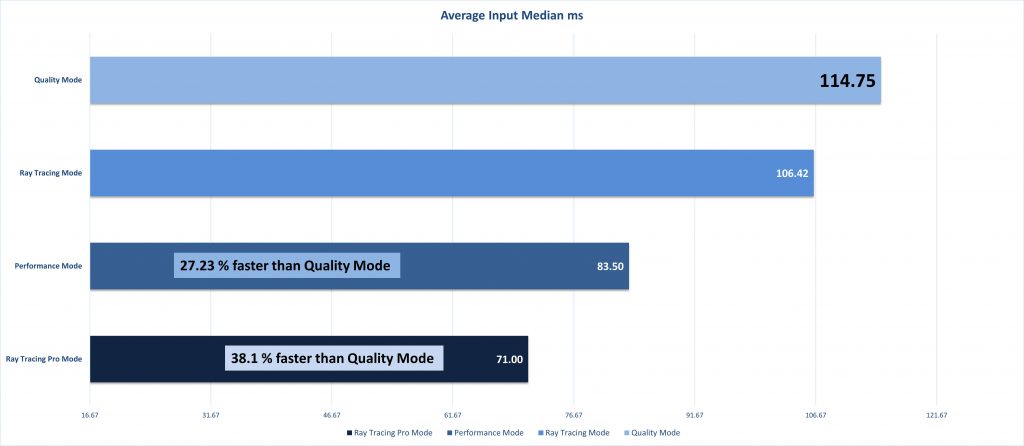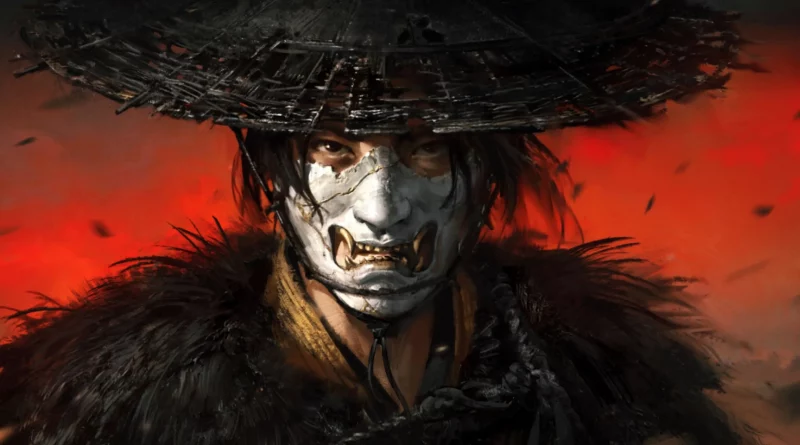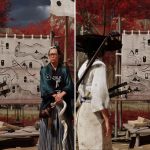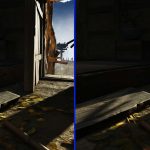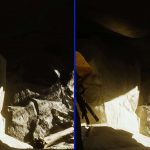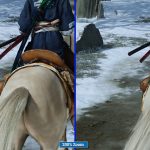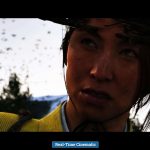Ghost of Yotei – Technical Review
Share the Story:
A Brave Sequel, or Repeat of the Past?
The challenge of the sequel is etched in history, from albums, books and movies. For every Empire Strikes Back, we have a Highlander II, and games are equally as impacted. With Sucker Punch delivering one of the biggest games of the last generation, the Sequel has a large Sandogasa to fill both in visuals, performance and scale. Now with the PS5 and PS5 Pro versions to support, Is it a cut above or a blunt blade?
Technically we are firmly in the “improving on the base” rather than change for changes sake. The first game was incredibly strong with its art direction and romantic presentation of feudal Japan and Tsushima isle. Mount Yōtei takes centre stage here, literally, with obvious connotations of Mount Fuji. But the long stretching views, swaying pampas grass, particle driven leaves, birds,petals, embers and sparks remain. Textures are a step up, with much more detail, crispness on every fabric, katana and face. Something else which has improved, character rendering, models, materials and lighting are more vivid. Light reacts and diffuses across skin, cloth, rock and wood better. Anisotropic filtering, which was often low in the previous game, is better, although issues remain here. Material reactions are more precise with a wider range of attenuation and specular. Reflections still mix projected cubemaps, Spherical Harmonics(SH), proxy lights and Screen Space Reflections(SSR) to reflect as much of the world dynamically across all modes. Pre-set times of day are blended to allow a full 24hr cycle and dynamic weather, which use a similar probe based Image Based Lighting(IBL) solution mixed with cascaded shadow maps, screen space shadows and ambient occlusion. All these combine with the denser world geometry, richer flora and fauna, animals, fog volumes and real time lighting creating a strikingly flamboyant world that is organic, physically based, constantly in motion and still solid with depth and precision on every blade of grass or horse’s hoof.
Ray Tracing The Past
A new mode also enhances this further with Real-time Ray Traced Global Illumination and improved Occlusion. This looks to be sun and moon only, and likely builds on their IBL weighted SH probe lighting model to improve light radiosity, occlusion, and reduce light leakage. It can add more indirect light bounce and colour onto surfaces and works best shining inside interiors from direct sun or moon, bouncing light into cave roofs, peoples faces or wooden logs. Outside it helps increase shadow and shade depth, whilst enhancing surface Illumination when in the direction of indirect light bounce. All 3 modes, including performance, offer excellent image quality with a greatly improved TAA solution over the first game. All the sub pixel foliage, particle systems, fog volumes, volumetric clouds and more are a problem for all AA solutions. But here, the team have excelled with a near perfect balance of high frequency sharpness, but solidity and stability that only gets softer in performance mode but never detrimentally so.
Of the Three modes on PS5 and the same on PS5 Pro just enhanced with a 4th exclusive mode. The Quality runs the highest, with an native 4K/30fps output on the premium console, and almost so on the base. With a counted 1800p low found in some brief moments. Performance mode offers identical settings, just at a dynamic 2560x1440p at 60fps. Seemingly scaling down to 1920×1080 with the same TAA pass to clean up the image frame to frame and moment to moment. Due to many engines tying effects quality to output or rendering resolution, level of detail and distant LoD is lower than quality and other Ray Tracing modes but the boost to input latency and performance is much bigger and worth that small hit.
Finally, Ray Tracing offers the same 30fps rate of quality but improves light and shadow using the RT hardware and offers an approx 44% resolution hike over performance at an approximate 3200×1800, again scaling or reconstructing from or down to a counter low of approx 1620p. The increases to image fidelity and lighting are not transformative, but do help in some cases and as the real-time cinematics seem to use this mode it can enhance model and material quality. Of note, some sections, such as riding or mini dialogue sequences use a letterboxed 21:9 ratio which renders at 3840×2160 or 3840×1640 in this mode which is a minor boost but still 24% lower than native 4k. In play though, even zoomed in, the Quality mode is only marginally sharper and thus is a minor cutback for the Ray Traced enhancements which can be of benefit in certain scenarios.
The PS5 Pro offers the same three core modes just allowing them to scale higher or less but with the same frame rate limits, aside the Ray Tracing Pro mode. The new mode offers the Pro Promise, base PS5 quality and performance combined. In this case the same Ray Tracing quality and approx 4K output at 60fps rather than 30fps, double the performance and increased resolution. The secret is this mode now uses PlayStation Spectral Super Resolution(PSSR), and this managed to achieve a close to or better image quality than the 1800p RT mode on the base PS5, even though it comes from a lower base, circa 2240×1260/1920x1080p. Some issues on textures and flicker on sub-pixel areas does occur, but image quality is largely sharper and more stable than the base PS5’s performance mode at the same refresh rate and higher image quality. Performance mode on the Pro runs at the same 1800p of the RT mode, scaling down to approx 1620p levels. Which offers an approx 56% increase on resolution for the same framerate. Even on Pro though, all modes cap the realtime cutscenes to 30fps which ensures the highest fidelity but does feel like a missed option for the Professional players.
